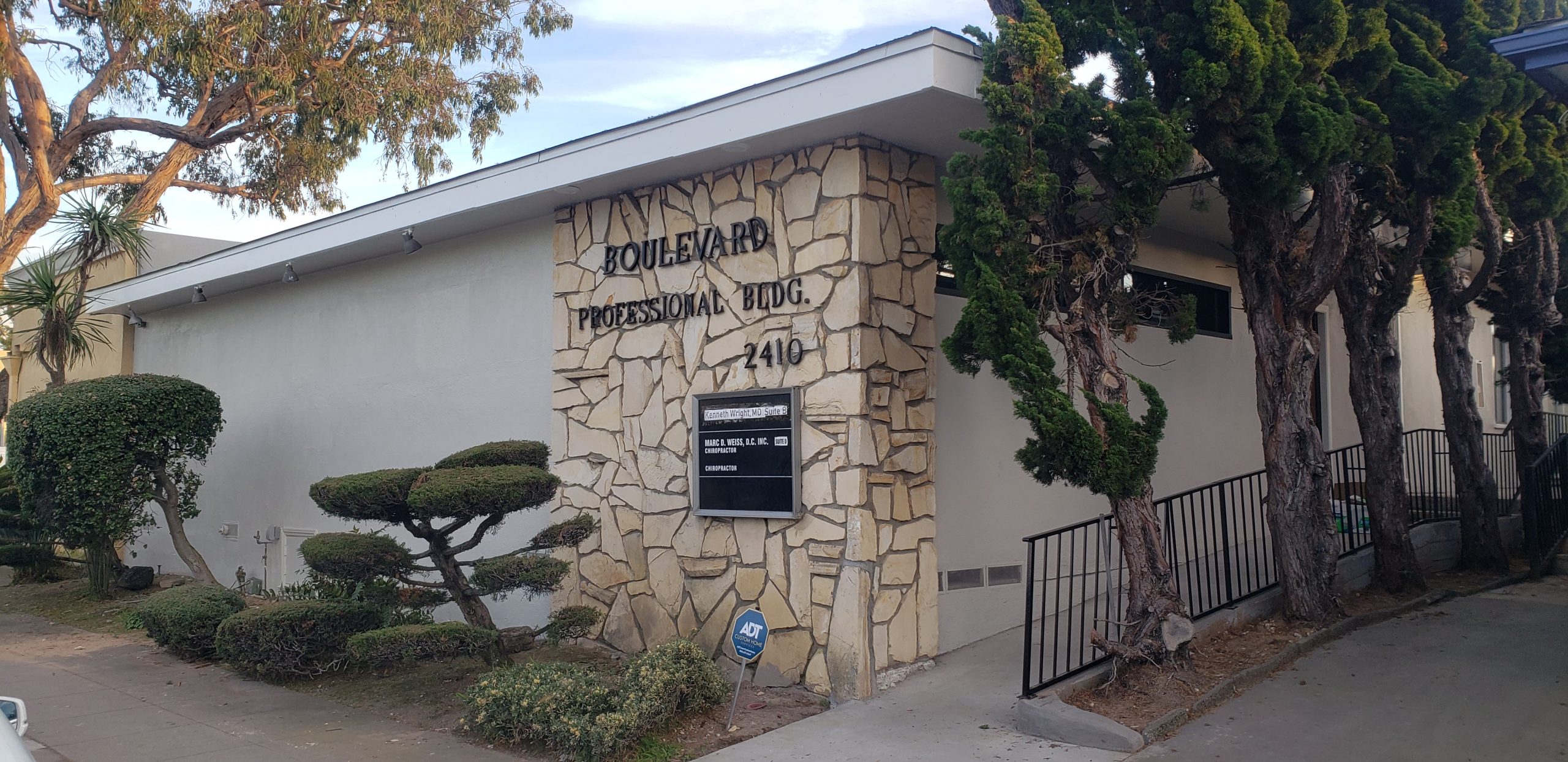True Congenital Brown’s Syndrome
Brown’s syndrome consists of an inability to elevate an eye when it is looking towards the nose (adduction). The most common cause is a congenitally tight superior oblique muscle tendon complex, termed “true congenital Brown’s syndrome.” Clinical findings include limited elevation in adduction, the eye moving out (exodeviation) when the eye tries to look up, and a hypotropia (deviation downward) in the Brown’s eye when the Brown’s eye looks up. Most patients with Brown’s syndrome have good binocular vision if they lift their chin and turn their face away from the Brown’s eye.

Infant with congenital Brown’s syndrome. When the left eye looks up and out, the right eye is restricted and cannot look up.
The management of true congenital Brown’s syndrome is conservative unless there is a significant vertical deviation in primary position. In most cases, it is better to wait until the child is visually mature before performing surgery because surgery can cause other eye muscle problems (strabismus) that can lead to the loss of binocular vision. If surgery is indicated, the procedure of choice is superior oblique tenotomy with insertion of a segment of silicone (invented by Dr. Wright). This is a special technique that has vastly improved the surgical results for Brown’s syndrome.
Acquired Brown’s Syndrome
Acquired Brown’s syndrome is usually caused by an inflammation around the superior oblique tendon and trochlea. There may be pain and tenderness in the superior nasal quadrant, with the condition often being intermittent. Treatment of inflammatory Brown’s syndrome is the use of oral non-steroidal anti-inflammatories (i.e., ibuprofen) or, in severe cases, local corticosteroid injections. Surgery is usually contraindicated. Causes of acquired Brown’s syndrome or pseudo-Brown’s syndrome include floor fracture, peri-trochlear scarring or superior oblique tendon sheath syndrome, trochlear inflammation (rheumatoid arthritis), glaucoma implant under superior oblique tendon in the superior nasal quadrant, or fat adherence syndrome. Virtually any periocular condition that results in limited elevation in adduction can look like Brown’s syndrome.

